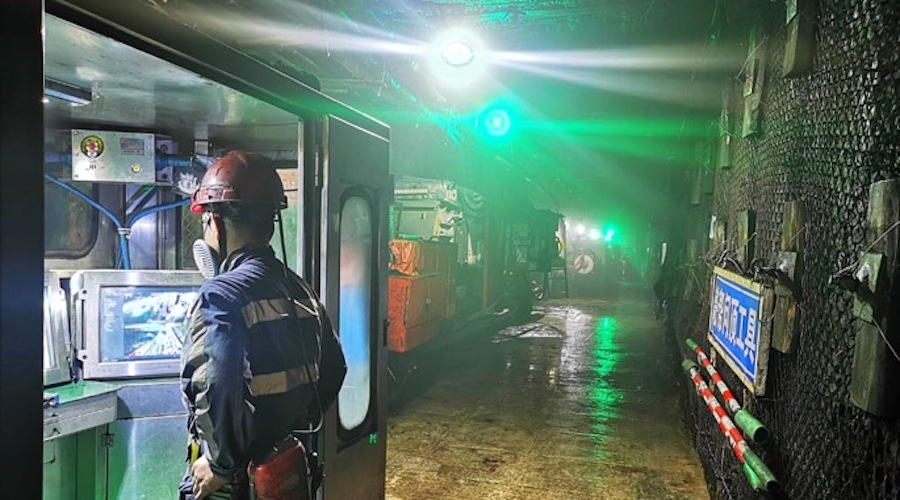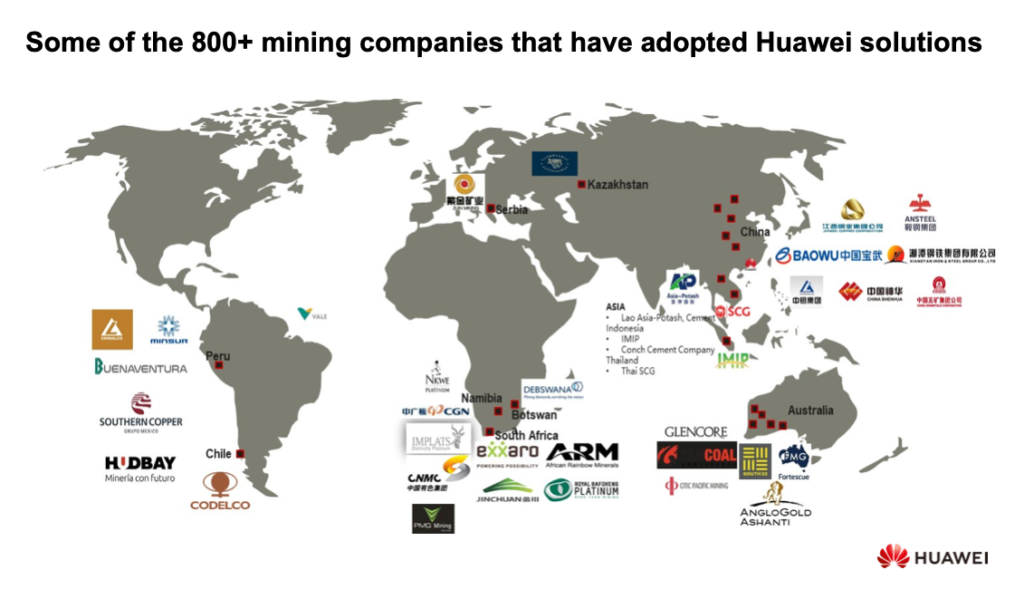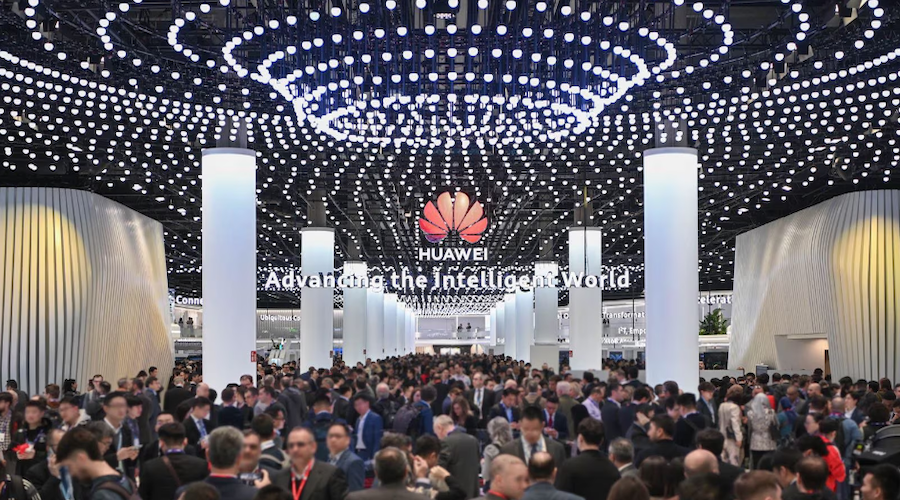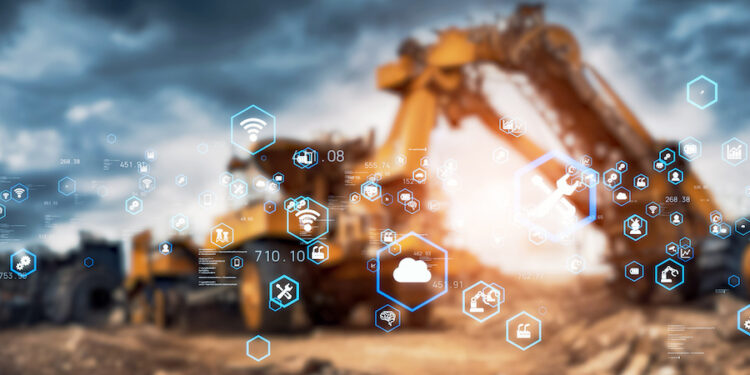AI, 5.5G networks to take mines to new “smart” level
Digital thinking is not just a tool for mining companies, but a core value that shapes their business. One of Huawei’s key messages is that to succeed in the industry, miners need to foster an organizational culture that embraces innovation and adapts to changing technologies.
- Advertisement -
A year after the launch of Chat GPT and its competitors, such as Google Bard and Microsoft Copilot, the world is still debating the ramifications of the application of artificial intelligence (AI) into daily life.
While experts continue to debate the potential implications of adopting AI at both a personal and business level, the mining industry has not stayed still waiting for the conclusions.
- Advertisement -
The sector has already embarked on a quest to transform operations from the traditional heavy-equipment and men-on-site operations, to mines that integrate connectivity, automation and AI.
On a visit to MWC Barcelona, an annual trade show dedicated to the mobile communications industry, MINING.COM was able to see how the world of telecommunications and mining are increasingly intertwined.
Invited by telecommunications giant Huawei, MINING.com — the first mining media to ever attend MWC — saw sensors, smart cameras and 5G relay boxes ready to be deployed to mines around the world.
There was buzz around the new generation of mobile internet — “5.5G,” or “5G Advanced”. The new standard is expected to make the networks themselves more “intelligent” through the application of AI and machine learning, while also boosting performance and reducing overall power consumption.
When Huawei vice president of global marketing and solutions for mining and oil and gas, Jack Chan, was asked why the company began developing solutions for the industry, the answer was as quick as clear: safety.
“In China we have almost 3 million coal miners working in 4,400 coal mines, which are underground and often register deadly accidents,” Chan said. “When taking workers out of the tunnels and into a room full of screens displaying numbers, graphs and images, not only a company is saving lives, but is also more appealing to the new generations.”
Chan added that Information and Communications Technology (ICT) infrastructure is crucial to support intelligent mining. Without fast and reliable communication networks, robust computing power, rapid data storage, and vigilant network security, essential tasks, including real-time monitoring and instant data exchange would be impossible, he explained.
“Young people don’t want to spend hours underground, hot and breathing recycled air, but they are happy to sit in a room with air conditioner and monitor activities in real time,” he said.
Data on extraction, personnel location and danger detection is centralized on a system designed to eliminate problems caused by human error and miscommunication. Instead of people, robots patrol and inspect the dark and narrow underground corridors.
“AI service architects and AI algorithm engineers will become key roles in the era of intelligence,” Chan predicts.
Remote and digital solutions are common in other coal operations, such as those in Canada and Australia, but China has lagged and now the government has set the goal of achieving basic digitalization of all mines by 2035.

Huawei is a step ahead with is AI-based Pangu Mining, a suit of applications launched in July last year, which were developed based on the pilot verification of large AI models at industrial levels.
The name Pangu comes from ancient Chinese mythology and folklore. The legendary figure is associated with the creation of the world.
There are altogether 21 application scenarios related to nine operating activities, namely, coal mining, tunneling, primary transportation, auxiliary transportation, lifting, safety monitoring, rock burst prevention, coal preparation, and coking.
Rock bursts are a particularly challenging issue in mining. The primary means of preventing rock bursts is drilling destress holes, whose quality matters. Shandong Energy has managed to address this challenge in its Lilou and Xinjulong coal mines by deploying Huawei’s AI model.
Thanks to its visual recognition capabilities, Pangu can intelligently analyze the quality of stress relief drilling, and assist rock burst prevention personnel in quality verification, reducing their review workload by 82%. It used to take three days to complete such checks; now the time has been shortened to 10 minutes, with a 100% acceptance rate.

Chile’s Codelco, the world’s largest copper miner, has also adopted Huawei solutions with the goal of turning around under-performing mines and projects that have crimped both production and profit.
The state-owned company is looking to streamline structures and prioritize productive areas at a time when copper output is at the lowest level in a quarter of a century.
It’s all about connectivity
Being a telecommunications company at heart, Huawei has been able to deploy connectivity solutions, from networks to an operative system able to run a wide range of equipment and smart machines. Named Harmony, the OS enables different devices to speak the same language, facilitating better connection and collaboration, and bringing a simple, continuous, secure and reliable interaction experience in all scenarios.
“In the era of intelligence, digital intelligence transformation can be accelerated only by combining AI technology with industry cognition and valuable data accumulated by enterprises,” Jason Liu, President, Learning & Certification Services of Huawei told the audience during MWC Barcelona 2024.

Liu said AI solutions should be used as a tool, not as a replacement of human intelligence.
Pangu, for instance, can detect a problem, inform the location and characteristic of such problem and provide solutions suggestions. The application is predictive, in the sense it can fill in the blanks at a very deep level.
AI is enabling mining companies to become insight‐driven enterprises that utilize data to make faster, accurate decisions, improve health and safety, boost efficiency through error elimination and reduce operations footprint.
Digital thinking is not just a tool for mining companies, but a core value that shapes their business. One of Huawei’s key messages is that to succeed in the industry, miners need to foster an organizational culture that embraces innovation and adapts to changing technologies.
Source:norvanreports
- Advertisement -
- Advertisement -


